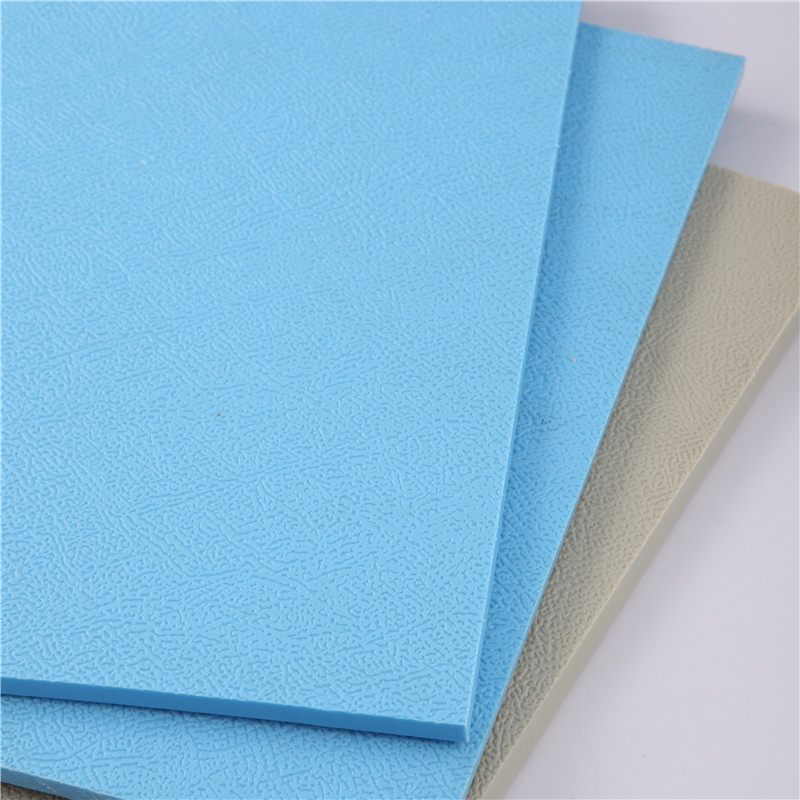Sep . 15, 2024 06:21 Back to list
PVC Pipe Garden Irrigation System - Efficient and Affordable Watering Solutions
PVC Pipe Garden Irrigation System A Smart Choice for Efficient Watering
In recent years, efficient garden irrigation systems have become essential for maintaining healthy plants while conserving water. One of the most popular and effective options is the PVC pipe garden irrigation system. This method not only provides an efficient means of watering but is also cost-effective, durable, and easy to install.
Why Choose PVC Pipes?
Polyvinyl chloride (PVC) pipes are widely recognized for their remarkable durability and resistance to corrosion and weather elements. Unlike metal pipes, PVC pipes do not rust, crack, or corrode, ensuring a long lifespan with minimal maintenance. This quality makes them an ideal choice for garden irrigation systems that need to withstand varying environmental conditions.
Additionally, PVC pipes are lightweight, making them easy to transport and install compared to heavier materials. This ease of handling allows gardeners of all skill levels, from amateurs to professionals, to set up their irrigation systems without hiring costly labor.
Designing Your PVC Irrigation System
Designing an efficient PVC pipe irrigation system involves understanding your garden’s unique layout and watering needs
. Start by measuring the areas you wish to irrigate and prioritize regions based on the types of plants and their water requirements.One common approach is to use a drip irrigation system, which delivers water directly to the base of the plants. This method minimizes water wastage by reducing evaporation and runoff, making it ideal for gardens with delicate flora or in regions prone to drought. Drip irrigation can easily be implemented using PVC fittings to control the flow of water precisely where it is needed.
Installation Steps
pvc pipe garden irrigation system

1. Planning Sketch a layout of your garden to visualize where the PVC pipes will run. Identify the main water source and how the pipes will connect.
2. Gathering Materials Purchase the necessary PVC pipes, fittings, connectors, and a timer for automated watering. It’s advisable to select pipes with a diameter that suits your garden’s size and needs.
3. Cutting and Assembling Using a pipe cutter, cut the PVC pipes to the desired lengths. Assemble the pipes and fittings according to your layout, ensuring all connections are secure.
4. Testing Before burying the pipes, conduct a thorough test by flowing water through the system. Check for leaks or any areas that may need adjustment.
5. Burying the Pipes Once everything is functioning correctly, bury the pipes at a suitable depth to hide them from lawn activities while allowing easy access for future maintenance.
Maintenance Tips
Regular maintenance is crucial for any irrigation system to operate efficiently. Inspect the PVC pipes and connections periodically for any signs of wear or damage. Replace any broken components promptly to prevent leaks. Additionally, consider flushing the system every season to remove any debris or blockages that may accumulate over time.
Conclusion
A PVC pipe garden irrigation system is a smart investment for anyone looking to maintain a lush garden while conserving water. Its durability, ease of installation, and efficiency make it a preferred choice among both novice gardeners and experienced horticulturists. By utilizing this modern irrigation solution, you can ensure your plants receive the care they need, optimizing growth and sustainability in your garden.
-
PP Panels Durable PVC & CPVC Panel Solutions for Modern Walls
NewsMay.19,2025
-
Efficient PVC Pipe Drip Irrigation Systems - Save Water & Costs
NewsMay.18,2025
-
HDPE Irrigation Pipe Fittings Durable, Corrosion-Resistant Solutions
NewsMay.18,2025
-
Plastic Welding Rods for PVC, HDPE & Industrial Repairs Strong Bonds
NewsMay.18,2025
-
Premium PP Flute Sheets Lightweight, Durable & Transparent Options
NewsMay.17,2025
-
PVC Pipe to Drip Irrigation Kits Durable & Cost-Effective Solutions
NewsMay.17,2025

